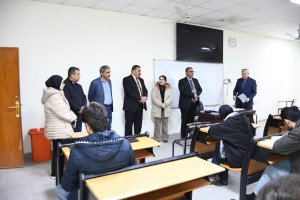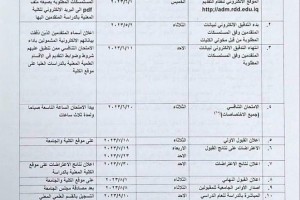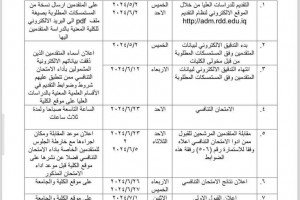
The College of Science at the University of Basrah organized a seminar entitled (Phenotypic and molecular identification of fungal infection in diabetic foot with virulence factors)
by a graduate student Nagham Majid Khanoo. This study set out to achieve the following aims: Isolation and identification of the yeast isolate from diabetic foot ulcer patients, screening three virulence factors genetically and phenotypically; phospholipases, protease and hemolysin, and included (Diabetic foot ulcer infection is one of the serious problem that may lead to amputation. Recently, fungal infections have increased, and it has been shown that microbial infections are associated with diabetic foot ulcers. In general, diabetic patients were considered immunocompromised patients with insufficient immune defense and would therefore be at risk of developing a microbial infection, such as a bacterial, yeast, or filamentous infection. In conclusion, the current study found that C. albincans is the most prevalent causative agent for diabetic foot ulcers, and the prevalence of Candida spp. was higher than that of non-Candida spp. C. tropicalis was in the second prevalence species in addition to being with other species where co-infection was recorded. Also, C. albicans had the highest enzymatic activity among the remaining species. The older diabetic patients are at risk of developing a diabetic foot ulcer infection... and the study was recommended (Study the role of filamentous fungi as causative agents in diabetic foot ulcer infection. Study the prevalence of yeast and fungi as the causative agent in diabetic foot ulcers in combination with other chronic diseases, such as cardiovascular disease, blood pressure and arthritis. Study the ability of isolated yeasts to biofilm formation. Increase the size of the samples with diabetic foot ulcers and compare with infection with non-diabetic individuals. Investigate the molecular genetic pathway of resistant isolates to antifungal drugs. Study the virulence factor gene expression by RT-PCR. Design oligonucleotide primers to study the frequency of the hly III (a) gene in the other Candida and non-Candida spp. Develop the questionnaire to interrogate the participants regarding family history, occupation and distribution area in Basrah province.







